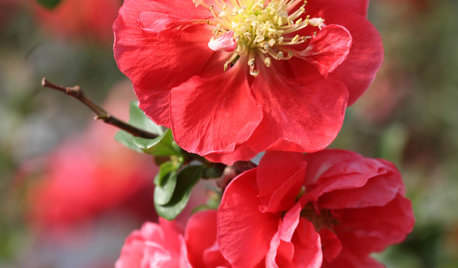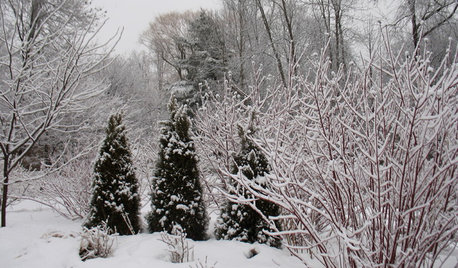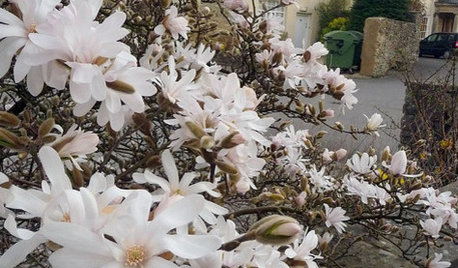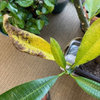Pruning Floppy Limb
pappy
18 years ago
Related Stories

GARDENING GUIDESHow to Prune Your Flowering Shrubs for the Best Blooms
Less is often more when it comes to properly pruning flowering shrubs. Here’s what to do and why
Full Story
TREESGreat Design Plant: Southern Live Oak Offers an Unbeatable Canopy
Keep it dense or prune it for more light. No matter how you grow Quercus virginiana, it’s a majestic addition to its native landscape
Full Story
WINTER GARDENINGCalifornia Gardener's January Checklist
Winter-defying blooms and pruning saws earn a cheer, while California-focused gardening design books get a well-deserved shout-out
Full Story
GARDENING GUIDESSouthwest Gardener's July Checklist
Hold on to your hat and prune those tree branches; monsoon season means damage prevention is key
Full Story
EDIBLE GARDENSHow to Grow Your Own Luscious Cherries
Nope, they’re not the easiest fruit to grow. But with spectacular blossoms and pies as possibilities, cherries are sure worth a try
Full Story
SIDE YARD IDEASNarrow Trees for Tight Garden Spaces
Boost interest in a side yard or another space-challenged area with the fragrance and color of these columnar trees
Full Story
TREESGreat Design Plant: Nyssa Sylvatica
The black gum tree tolerates moist soil and provides many years of beautiful foliage, from summer to fall
Full Story
DECORATING GUIDESBest Ways with Branches
Turn Twigs and Boughs into Natural Accents for Your Home
Full Story
NORTHEAST GARDENINGNortheast Gardener's December Checklist
Wildlife and evergreens provide plenty of winter interest, but barer views offer their own benefits for gardens
Full Story
GARDENING AND LANDSCAPINGGreat Design Tree: Star Magnolia
Winter-blooming magnolia is a stellar plant for all seasons
Full StoryMore Discussions




mikeod
tdogdad
Related Discussions
Festooning vs. limb weights vs. pruning
Q
Pruning this floppy blueberry
Q
prune floppy sand cherry now?
Q
Pruning Low Limbs on Kumquat
Q
pappyOriginal Author
pappyOriginal Author
tdogdad
frangipaniaz
pappyOriginal Author
tdogdad
frangipaniaz
pappyOriginal Author
mikeod
frangipaniaz
tdogdad
pappyOriginal Author
mikeod
pappyOriginal Author
mikeod